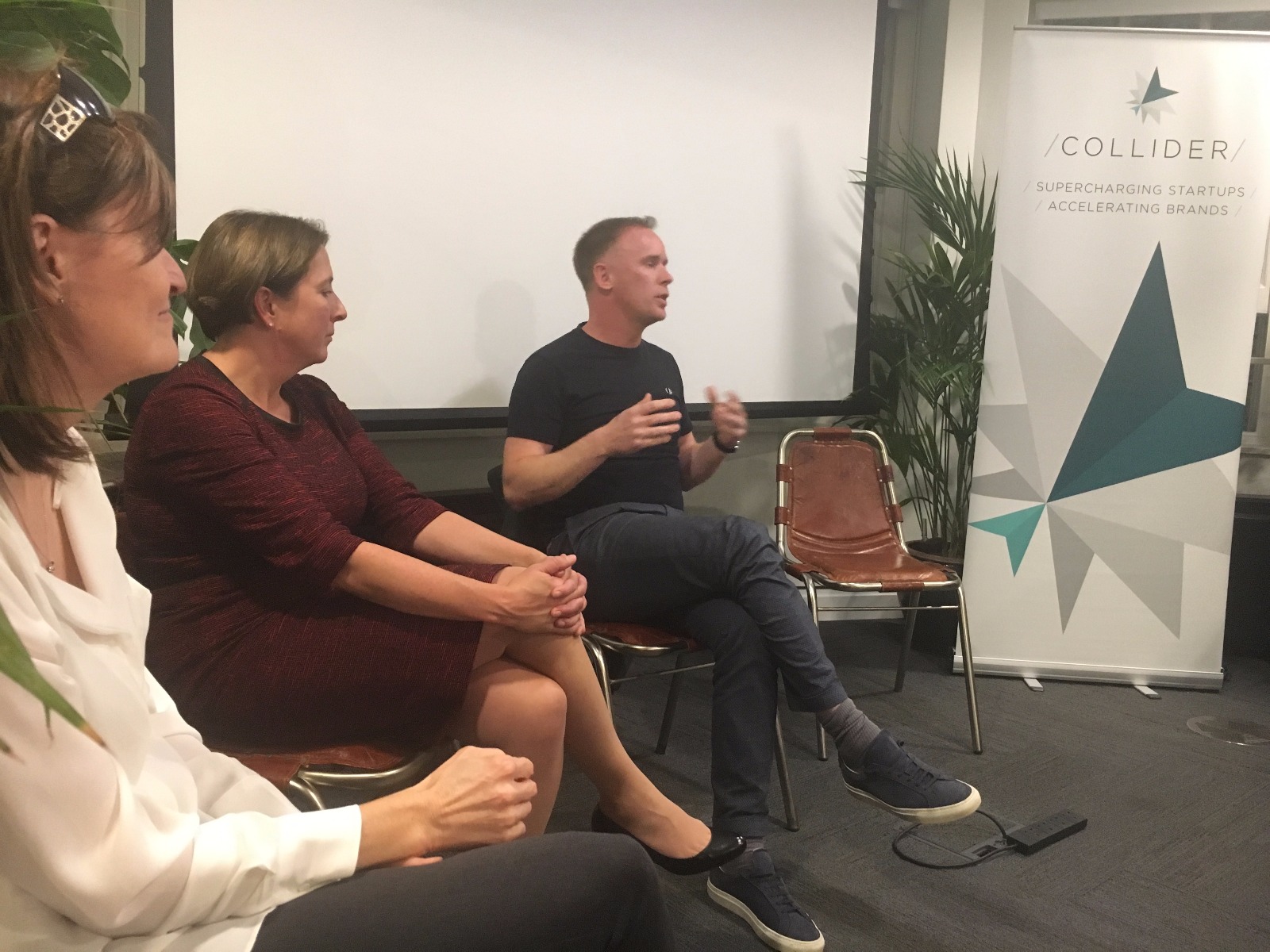
Every selection day is slightly different, and depending on the investment thesis of the accelerator, the management teams will be looking for different things in startups. We've summarised the core content every seed stage startup needs to cover in their presentation to our investors;
Size of the market:
How big is the market you’re going to be tackling? Investors here are looking for big , but also reasonable numbers. For example, if you’re going to state that the mobile market in North America is $XBn, that’s probably not the size of your market. Investors here are looking for you total addressable market (TAM). Take a look at the differences between TAM, SAM and SOM to understand what you should be using.
Scale:
This is all about how big the problem is. Tied to the size of the market, it’s all about how quickly you can tackle what chunk of your target market. ‘Scale-ups’ as a term for companies getting out of startup phase has been floating around for a year now, identifying any startup entering a high growth phase. Going from a startup to a ‘scale-up’ means a restructuring of the company to keep up with the demand. Here’s a great article from First Round Capital with some advice and case studies on just this.
Traction:
Founders, don’t forget, we don’t want 'yes' to always be the answer. We need the answer to be truthful. If you’re in beta, tell us how about your acquisition strategy for clients and customers. How are you measuring your traction? This can be more telling than the numbers you provide, as your understanding of the market will be identified by what you measure.
Team:
This is the MOST important, and is the thesis to your entire presentation. The question is, and at early stage funding will almost always be, Why are you the team to nail this?
Everything else should be supporting information to answer this burning question.
We also want to know about your background. Where did you come from? What is your relationship to the industry you are trying to disrupt? What standing relationships do you have in the industry? How love have you worked together as a team?
Tech (IP):
We want to know if you’ve built it in-house, who is responsible for it on your team, and what stage of development it is at. The role of CTO changes drastically over time, going from being the coder at the front lines to manager of people and product. We want to know you're thinking about these things already.
Who will you be hiring to build out your tech team and why? How will you be managing the tech team in relation to the rest of your company?







 [/one_third]
[/one_third]  [/one_third]
[/one_third]  [/one_third]
[/one_third]  [/one_third]
[/one_third]  [/one_third]
[/one_third]  [/one_third]
[/one_third]